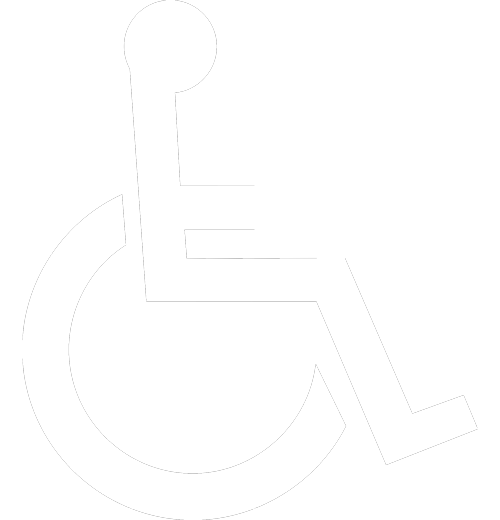The Beginner’s Guide to Meditation
Embarking on a meditation journey can feel like stepping into a serene, unexplored garden. It’s a path to discovering the tranquility hidden within the hustle and bustle of daily life. For those curious to begin, understanding the essence of meditation and how to integrate it into your routine can transform it from a mere curiosity into a cornerstone of your daily well-being. Let’s dive into the world of meditation, breaking down barriers and demystifying the process, making it accessible and inviting for everyone.
 Why Meditate?
Why Meditate?
At its core, meditation is the practice of turning your attention inward, focusing on the present moment, and clearing the mind of chaotic thoughts. It’s about finding a sense of peace and calm in the midst of life’s storms. The vast benefits range from improved mental health, enhanced concentration, reduced stress levels, and deeper self-awareness. Whether you’re looking to find a moment of peace in a hectic schedule or embark on a journey of personal growth, meditation offers a versatile toolkit for mind and spirit.
Getting Started: Setting the Scene
One of the beauties of meditation is its simplicity. You don’t need expensive equipment or a dedicated studio. All that’s required is a quiet space where you won’t be disturbed. This could be a corner of your bedroom, a peaceful spot in nature, or anywhere you feel comfortable and at ease. Sit in a comfortable position, whether on a chair with your feet flat on the ground or cross-legged on the floor, ensuring your back is straight but not stiff.
Breathing: The Gateway to Stillness
Breathing is the cornerstone of many meditation practices. It’s something we do every moment of our lives, yet we rarely give it a second thought. By focusing on our breath, we anchor ourselves in the present moment, quieting the mind. Start by taking a few deep breaths, inhaling through the nose and exhaling through the mouth, feeling the rise and fall of your chest. As you settle into a rhythm, let your breath return to its natural pace and simply observe it, without trying to change or control it.
Mindfulness: Embracing the Present
Mindfulness meditation is about being fully present in the moment, observing your thoughts, feelings, and sensations without judgment. It’s normal for the mind to wander—that’s what minds do. The practice lies in gently acknowledging when your thoughts have drifted and bringing your focus back to your breath or a chosen object of meditation. This act of returning to the present is where the magic happens, strengthening your mindfulness muscle over time.
Guided Meditation: A Helping Hand
For those who find it challenging to quiet the mind on their own, guided meditations can be a valuable resource. Available through apps, websites, and books, these sessions are led by experienced practitioners who walk you through the meditation process, often incorporating visualization, mantras, or body scans. Guided meditations provide a roadmap for your practice, offering structure and support as you learn to navigate your inner landscape.
Finding Your Rhythm: Making Meditation a Habit
Like any skill, meditation deepens with practice. The key to building a lasting meditation practice is consistency. Aim to meditate at the same time each day, whether it’s a few minutes in the morning to start your day with clarity or in the evening to unwind. There’s no one-size-fits-all approach; the right duration and frequency are whatever fits seamlessly into your lifestyle and feels sustainable in the long run.
Overcoming Common Challenges
It’s normal to encounter hurdles on your meditation journey. You might find your mind racing, feel physically uncomfortable, or struggle to find time in your day. These challenges are all part of the process. Remember, meditation is not about achieving a state of perfect calm but rather about practicing awareness and presence. Be patient and kind to yourself, adjusting your practice as needed to support your journey.
The Path Forward
As you continue to explore meditation, you’ll likely discover that its benefits permeate beyond the moments of practice into your daily life. You might find yourself more patient, more centered, and more attuned to the joys and sorrows of life. Meditation is not a destination but a journey, one that unfolds in unique and unexpected ways for each practitioner.
Embarking on the path of meditation is a powerful step toward cultivating a deeper connection with yourself and the world around you. It’s a journey of discovery, patience, and, ultimately, transformation.








